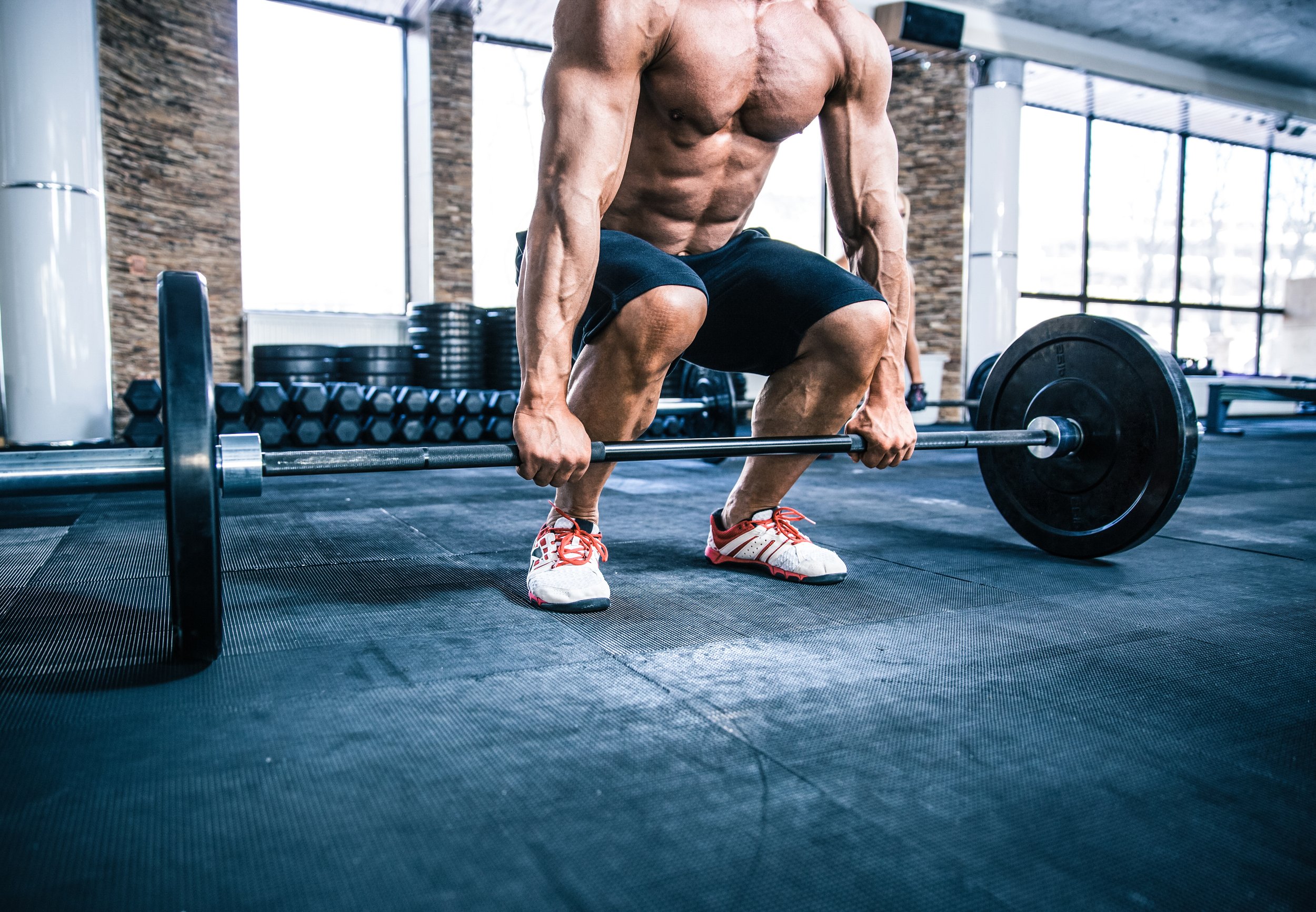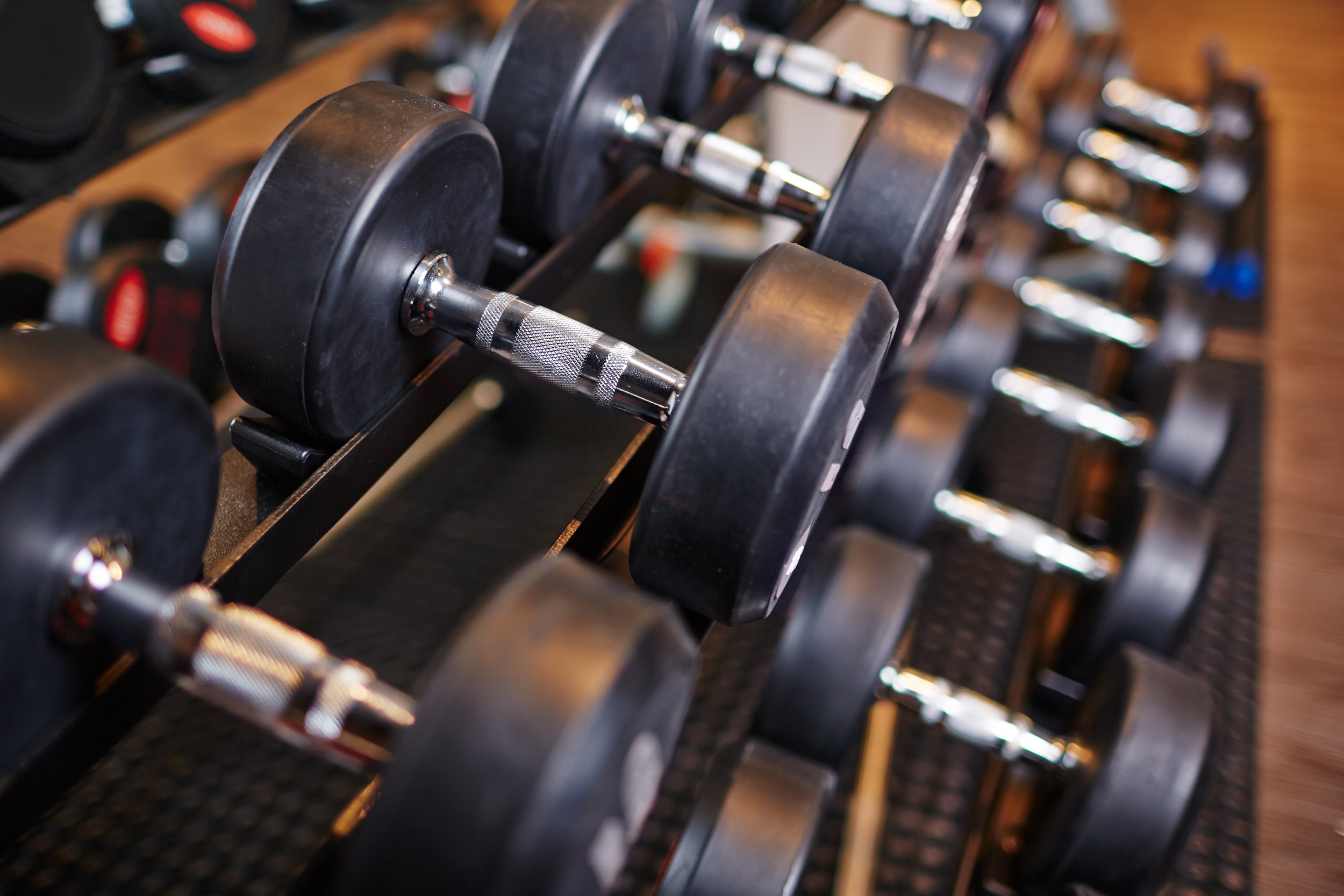Cardio Vs Gains
Takeaway Points:
The idea that doing cardio prevents strength gains is outdated and inaccurate in most cases. Exercisers, including beginners and professional athletes, benefit from incorporating some cardio into their lifting routines and vice versa.
Running, because it is a high impact cardio, may cause interference with strength and muscle building, but that is usually if running is incorporated too frequently. Other forms of cardio that are low or no impact are safe and helpful for lifters to add into their training.
This is an updated version of an article originally published on 4/22/14. It has been updated to be much more comprehensive, to refer to newer scientific research which has been released in the meantime, and to give better guidance for potential cardio/lifting combinations.
It’s a common myth that ‘cardio kills gains’. The argument goes, that training for strength and muscle mass, and performing cardio, are opposed processes. Accordingly, when you combine the two, you get worse adaptations. For lifters who focus on training for strength and size, this means trading off some of your strength/size in exchange for that added cardio, and for those who focus on training for cardio, this means sacrificing some of your speed/endurance to get strength and size.
However, the truth is that cardio won’t kill your gains - it will, in most situations, help.
The anecdotal evidence.
When it comes to examples about cardio not killing your gains (and vice versa), we have quite a lot of anecdotal evidence. For instance:
American football - Many football athletes need to be both big and strong, as well as capable of moving around the field in a quick and agile manner. They have been able to build impressive physiques and get incredibly strong despite the cardio training that’s also required of them.
CrossFit - CrossFit is a sport which involves random tests of fitness, and includes both strength-focused and endurance-focused events. The rise of CrossFit came with a lot of controversy, but it also meant a lot of evidence that yes, you can generally get big and strong while also having great cardiovascular fitness. Many CrossFit athletes are accomplished weightlifters/powerlifters/strongmen in addition to being far more cardiovascularly trained than your average exerciser.
Hybrid Athletes - Recently, there’s also been the rise of the concept of the ‘hybrid athlete,’ popularized by coaches like Alex Viada. Hybrid athletes typically aim to compete in traditionally opposing sports - for example, running (a cardio sport) and powerlifting (a strength sport). Since then, various fitness influencers and YouTubers have adopted the approach of the hybrid athlete.
Cyclists/Sprinters - It’s been well known for a long time that cyclists and sprinters, despite being ‘cardio’ athletes, are typically very strong and can develop impressive physiques. These athletes typically need to include a lot of weight training in their routines in order to perform at a high level.
Bodybuilders - Lots of old school bodybuilders were not at all afraid of cardio and included lots of cardio in their routines.
You could probably, given the above, still argue that even if these athletes are impressive, they’re still not AS jacked or AS strong as they could be if they focused solely on lifting. Neither are they as good at cardio as they COULD be, IF they focused solely on cardio. But, this is somewhat contradicted by the scientific evidence.
What the science says.
The science has seemed to flip flop a bit in recent years. Initial research showed that there was an interference effect to combining cardio and lifting, meaning that you would adapt less strongly to your lifting if you were also including regular cardio in your training. This was shared around a lot in fitness circles and is what initially kicked off the idea that cardio kills your gains.
However, later research changed the picture quite a bit. We discovered that while there was an observable interference effect for running as the cardio method used, the same is not observed for cycling. This may help to explain why cyclists get so jacked (see above) and may help us to further understand the nature of the interference effect - it may be unique to running, or much more likely to occur with running, compared to other cardio methods.
The commonly suggested reason for this, is simply that running is a pretty high-impact activity. Each footfall involves slamming your foot against the ground, generating reactive forces several times your bodyweight, sending shockwaves up your legs. As a result, running is also actually more likely to get you injured than many other forms of exercise, even though it’s so commonly used as a cardio method due to its simplicity, popularity, and the fact that you can do it outdoors without equipment. In contrast, activities like cycling, elliptical, rowing, and other cardio methods that do not involve any impact forces, are generally easier to recover from and likely don’t provoke much interference effect.
Then the research has shown that the interference effect is dose dependent. If you do a LOT of cardio this can obviously take away energy that would otherwise be used on recovery for your muscles, cut into training time that you might normally spend on lifting, and crowd out your lifting practice. But if you do a more moderate amount of cardio, there’s little to no interference effect.
So, it’s not as terrible as “you do a little bit of cardio and suddenly all your gains vanish” - it’s more like “if you do a lot of cardio it can impact your gains a bit”.
There are certainly potential drawbacks to combining cardio and lifting, especially if done in an unintelligent way, but there are also a lot of benefits which aren’t as often considered. Let’s examine the pros and cons to combining cardio and lifting.
Pros and cons.
Cons
If you do a lot of running and a lot of lifting, the two are likely to interfere, and inhibit gains.
If you do a lot of non-running cardio, it may potentially cause some interference, though less than running.
Time spent on cardio means less time spent on lifting, and vice versa.
Pros
The demands of many sports require you to combine some amount of cardio and lifting, so you need to do this to succeed anyway.
Cardio and lifting each provide unique health benefits that cannot be easily achieved if you ONLY do one or the other. Practicing both cardio and lifting is a clear winner in terms of health over time, even if there is some interference.
It’s commonly believed that there’s no way that aerobic activity contributes to anaerobic performance (lifting weights) because you primarily rely on different energy systems, but the reality is that aerobic energy systems contribute more to your lifting during your sets than you might think. It follows that training your aerobic energy systems can (in some cases) improve your lifting performance a bit.
When your cardio is better, you recover faster between sets and workouts, enabling you to complete more work overall, which means more strength and muscle gains.
The longer your workout, the more your body’s anaerobic energy systems are exhausted, and the more your body relies on aerobic energy systems for energy. This means that the better your cardiovascular health, the better you’ll perform on longer workouts, which means more strength and muscle gains.
When it comes to cardio, lifting improves your resilience to injury, which makes you much more durable even if it means taking some time off of your normal cardio training. In reverse, lifting can also help you to be better at cardio.
As you can see, the pros really outweigh the cons. So how can you avoid those potential cons?
Training Implications
What should you do to ensure that you avoid the interference effect and maximize your strength/muscle gains while also getting some solid cardiovascular gains - or vice versa?
If your primary goal is cardio, aim to include 1-2 lifting sessions per week in addition to your cardiovascular training
Start off easy and gradually increase intensity over time to avoid overwhelming your recovery.
Be especially careful with lower body exercises - these are an important necessity, but if overdone, the soreness/added recovery challenge this provokes will make it hard for you to complete your normal training.
If your primary goal is lifting, aim to include 1-2 cardio sessions per week in addition to your lifting training, or maintain a higher volume/low intensity practice like maintaining a daily step count.
Start off slowly, avoiding high intensity cardio at first, building up intensity gradually over time to avoid overwhelming your recovery.
Consider selecting a cardio method other than running. Walking, walking on an incline, rucking (walking with a weighted vest or backpack), sled pushes and drags, carries, rowing, and cycling are all excellent methods that minimize the impact and thus the recovery cost of your cardio.
Ideally, perform your cardio at the end of your existing workouts, or in separate workouts, to avoid exhausting yourself before your lifting.
If possible, perform more intense cardio sessions on the same day as lower body workouts, so that recovery is coordinated.
References:
About Adam Fisher
Adam is an experienced fitness coach and blogger who's been blogging and coaching since 2012, and lifting since 2006. He's written for numerous major health publications, including Personal Trainer Development Center, T-Nation, Bodybuilding.com, Fitocracy, and Juggernaut Training Systems.
During that time he has coached thousands of individuals of all levels of fitness, including competitive powerlifters and older exercisers regaining the strength to walk up a flight of stairs. His own training revolves around bodybuilding and powerlifting, in which he’s competed.
Adam writes about fitness, health, science, philosophy, personal finance, self-improvement, productivity, the good life, and everything else that interests him. When he's not writing or lifting, he's usually hanging out with his cats or feeding his video game addiction.
Follow Adam on Facebook or Twitter, or subscribe to our mailing list, if you liked this post and want to say hello!
Enjoy this post? Share the gains!
Ready to be your best self? Check out the Better book series, or download the sample chapters by signing up for our mailing list. Signing up for the mailing list also gets you two free exercise programs: GAINS, a well-rounded program for beginners, and Deadlift Every Day, an elite program for maximizing your strength with high frequency deadlifting.
Interested in coaching to maximize your results? Inquire here.
Some of the links in this post may be affiliate links. For more info, check out my affiliate disclosure.







